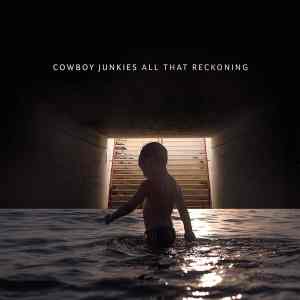
Videos by American Songwriter
In the summer of 1982, The Pretenders, just two albums into an already-impressive career, were crumbling. In June, the band fired bassist Pete Farndon because of his drug use. Just days after that incident, guitarist James Honeyman-Scott died of a drug overdose. (Farndon would succumb to a drug-related death the next year.) The band was down to two members, lead singer and songwriter Chrissie Hynde and drummer Martin Chambers. But Hynde had begun writing a song which seemed to hold of lot of promise. From extreme adversity, “Back In The Chain Gang,” the song which would become the band’s biggest hit single, was born.
Hynde told interviewer Paul Zollo that she altered the content of the song, which was originally inspired by her relationship with Kinks’ frontman Ray Davies, in the wake of the sudden tragedy that befell the band. “That was a song I was writing and I had shown Jimmy Scott some of the chords, and I was working on this song which he liked, and then he died, and it turned into more of a tribute to him,” Hynde explained.
But there needed to be a band to play the thing, so Hynde and Chambers enlisted Billy Bremner and Robbie McIntosh on guitar and Tony Butler on bass for the new track. This ad hoc Pretenders group did great justice to Hynde’s wistful tune, with Bremner standing out with his lyrical lead guitar. Chris Thomas provided pristine production, while the “ooh” and “aah” backing vocals paid homage to Sam Cooke’s legendary soul hit “Chain Gang.”
The narrator of “Back On The Chain Gang” is immediately transformed from the drudgery of her existence by an unexpected sight: “I found a picture of you/What hijacked my world that night.” From that point, she compares the idyllic existence that she once shared with her departed friend to the grind of daily life, signified by the grunts of a chain gang. “Now we’re back in the fight,” Hynde sings, leading into the chorus.
In the second verse, Hynde suggests that unnecessary ephemera like “The phone, the TV, and the news of the world” became an unstoppable, malignant force: “Got in the house like a pigeon from hell/Threw sand in our eyes and descended like flies.” In the bridge, she curses unnamed antagonists, all while looking forward to their comeuppance: “But I’ll die as a I stand here today/Knowing that deep in my heart/They’ll fall to ruin one day/For making us part.”
The last word of that bridge leads to a key change for the final verse, Hynde’s voice now palpably displaying the ache as she directly addresses the loss she feels: “I found a picture of you/Those were the happiest days of my life/Like a break in the battle was your part/In the wretched life of a lonely heart.” The memory ends, and she’s once again “back on the train/Back on the chain gang.”
If nothing else, “Back On The Chain Gang” proved a way forward for The Pretenders; the b-Side, “My City Was Gone,” also became one of the band’s most beloved tracks. Those two songs were included when the band eventually releases their third album, 1984’s stellar Learning To Crawl. Thus, in many ways, the springboard for the new version of The Pretenders was a song bemoaning the demise of the old one.
